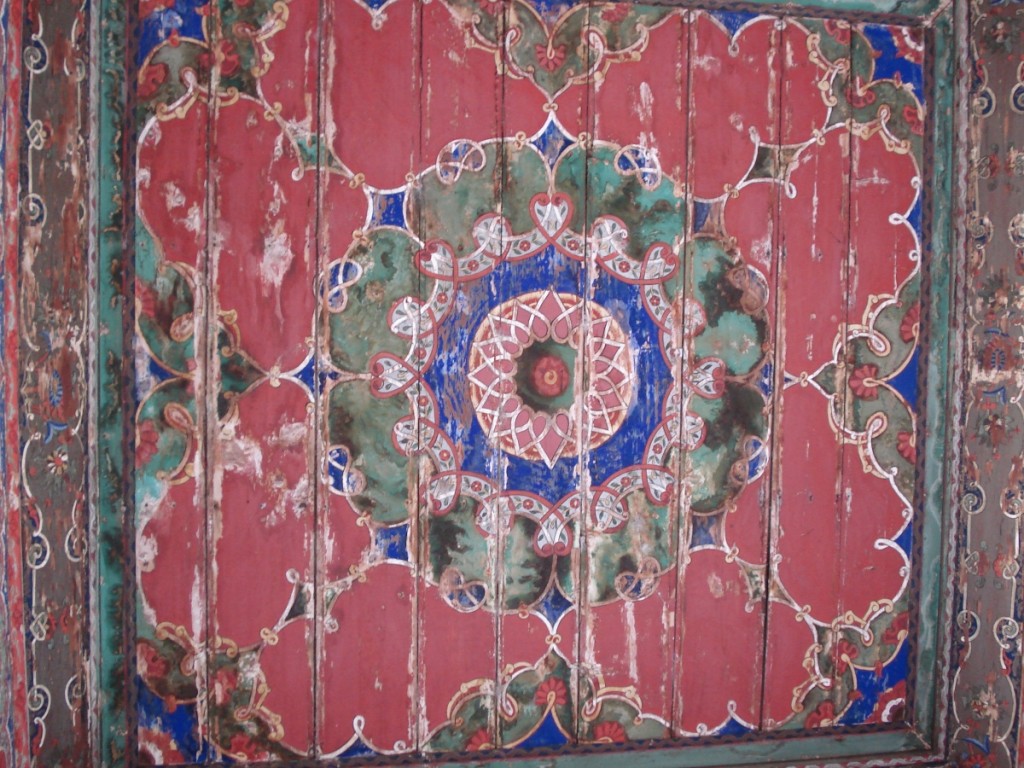
Conference Paper by Věra Exnerová: “Islamic Monuments in the Farghona Valley in the 20th and 21st Centuries”
25/11/2016 Tana Dluhosova NewsLICIS Annual Conference: Memory and Commemoration in Islamic Central Asia
Leiden University (November 23–25, 2016)
Presenter: Věra Exnerová (Reseach Fellow, Oriental Institute, Czech Academy of Sciences)
Abstract:
In this paper I explore the cultural heritage in Central Asia through looking at history of the Islamic architecture in the Ferghana Valley in the 20th and 21st centuries. I will particularly explore how some of these monuments in the Farghona Oblast have been instrumental in construction of power for both the Soviet and post-Soviet governments. Representation of architecture and art give form to the ideas of order that the ruling elites seeks to normalize or make common sense (Heinz, Feldman 2007). One of the main goals of such representation is to secure certain stability (ideological, religious, economic, and cultural) and order. In times of breaking down the order, when political power and social cohesion is threatened, representation of architecture and art could be used to reassure the community of the regime´s ability to maintain stability. This paper will explore this theme based on archival and ethnographic research carried out in the Ferghana Valley between 2007 and 2016. It will bring new perspective on the history of Islamic monuments in the Soviet period beyond the focus on Islamic repression. It will also contribute to the debates about role of state and non-state actors in construction of power in the post-Soviet Central Asia.
backwards
